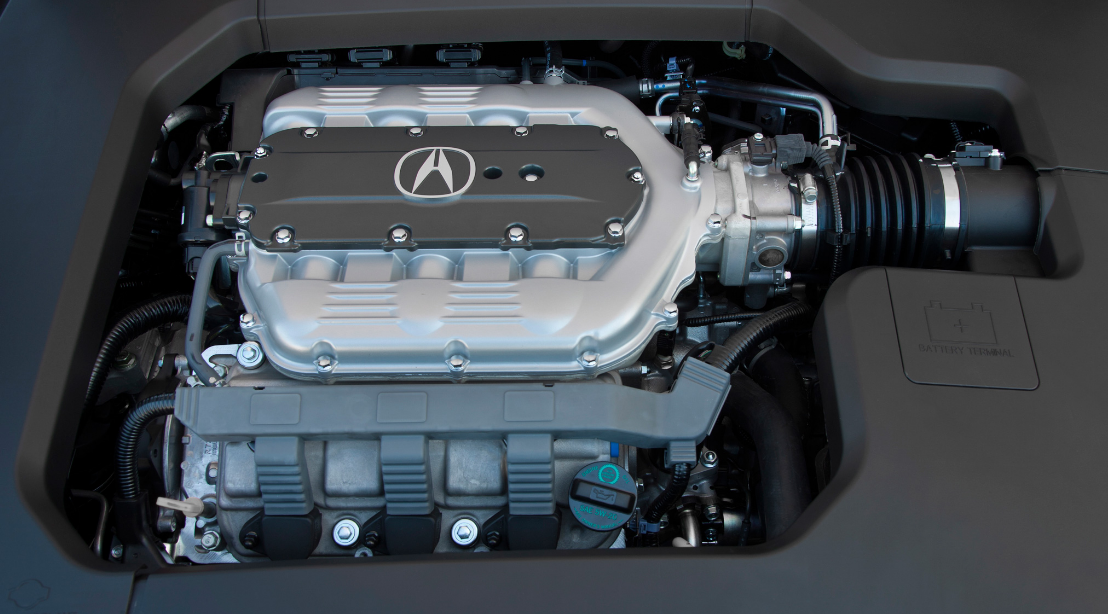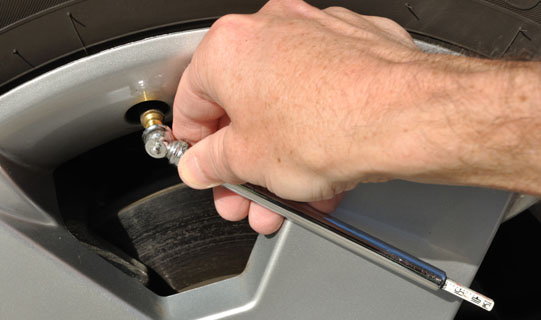Acura TL 2009-2014: General Information and Recommended Maintenance Schedule
Whether you own an Acura TL or you're in the market for one, this guide will share some useful information on it.
This article applies to the Acura TL (2009-2014).
The Acura TL is an attractive car, but before you buy it, how much do you know about it? This guide will shine some light on the general information regarding the Acura TL. Once you own it, maintenance intervals are crucial to the health of your Acura TL, so we cover what you need to do to properly maintain your car, and when to maintain it. If you own an Acura TL or if you're in the market for one, then read on to learn some very important information about it, and what you can do to ensure it lives a long time, as well as perform to its full potential.
Acura TL 4th Generation
The Acura TL is considered the luxury version of the Honda Civic. This vehicle features a spacious interior, much bigger than the Honda Civic's interior, as well as a powerful V6 engine. The Acura TL's engine comes with two options: the V6 3.5 engine, which features 280 horsepower, and the V6 3.7 engine, which features 305 horsepower. The feeling most reviewers got when driving this vehicle is luxury meets sport. In fact, the V6 3.7 engine model comes with a six speed manual transmission option if you're a fan of aggressive style driving. When you get in your Acura TL, expect a 21.5 MPG combined, which is a good mixture of traffic, streets, and highways. These cars can come fully equipped with all the bells and whistles, and if you drove a Honda Civic, expect a whole new experience when you drive the TL, as it's much more powerful and even more comfortable.

Basic Maintenance
The basic maintenance in the Acura TL is the engine oil, engine's oil filter, and the engine's air filter. These procedures should be done every 5,000 miles, and if you've driven your TL like crazy in the last few years and you have over 100,000 miles on it, consider cutting this to 3,000 miles. It's crucially important you perform these pieces of maintenance on time. Waiting too long to replace the engine oil can result in internal damage to engine components, same with the oil filter. The engine's air filter is an extremely easy process to do, and it's crucially important to performance and fuel consumption. The air filter works hard to filter the air going into the engine, so the dirtier it gets, the more clogged it will get, which will cause restriction, thus impacting the engine's performance and cause it to use more fuel. Rotate your tires every maintenance stop to get the most out of them.

Special Maintenance
The special maintenance happens every 30,000 miles, and although you may need to replace some of the components before then, the thirty grand milestone is the mark. The first piece of maintenance that will bring your engine back to life is the spark plugs. These need to be changed as a set, and like their name, they give spark to your engine, so the more you wait, the more dull your car will feel and it will eventually not start at all. The second piece of maintenance that happens around this point are the brake pads. However, if you use your brake pedal aggressively, you may start hearing squeaking before the 30,000 mile mark. In which case, replace the pads so you don't wear out the rotors. At 30,000 miles, perform a brake fluid change, as well as bleed your brake system. And once a year, regardless of the mileage, flush your radiator's coolant to ensure it's working at optimal potential.

Self Check-Ups
It's important to perform some self-inspections once a month. Although the factory recommends certain maintenance intervals, things go wrong and you may need to replace certain components before their recommended intervals. The first and easiest part to check are your tires. Check the tire pressure and compare it to the placard in the driver side door jamb. Having even and proper tire pressure can protect your tires, ensure proper handling, protect your suspension components, and maximize your fuel consumption. Check on your brake pads every six month to make sure they don't wear out the brake rotors. Always check your engine's oil, it's as easy as checking the dipstick. Visually check your suspension components once a year. Blown shocks will have an oil leak on them, and worn bushings will look dry and cracked. Finally, check your tires' tread monthly. Having uneven tire wear can indicate other problems, such as alignment issues, worn shocks, uneven tire pressure, or various other issues. Catching uneven tire wear quickly can save you thousands of dollars on tires.

Related Discussions
- Maintenance - AcuraZine.com
- Service Manual - AcuraZine.com






